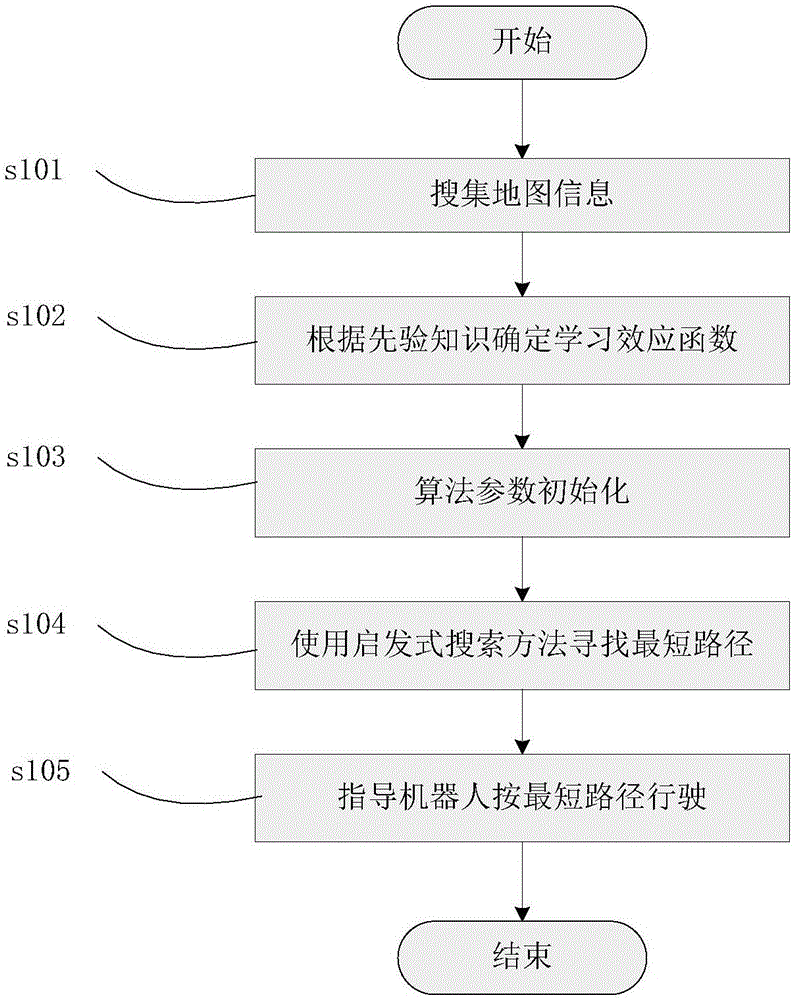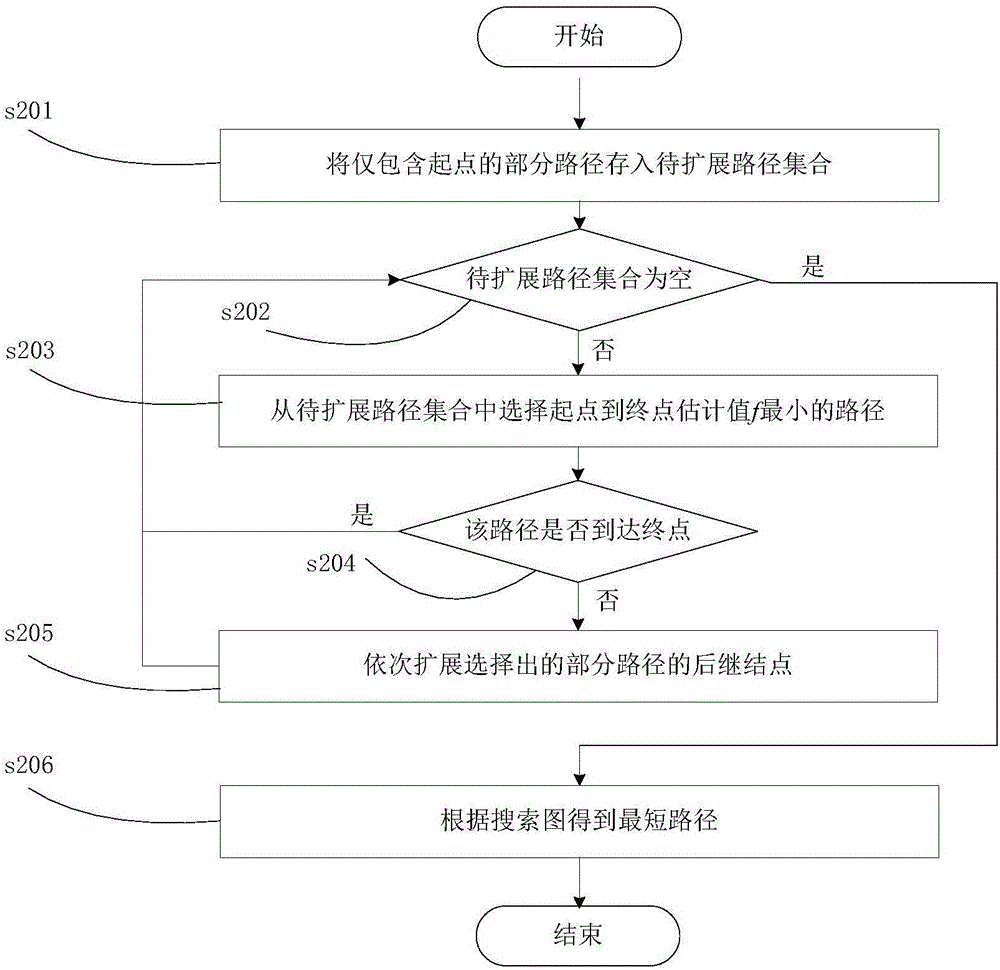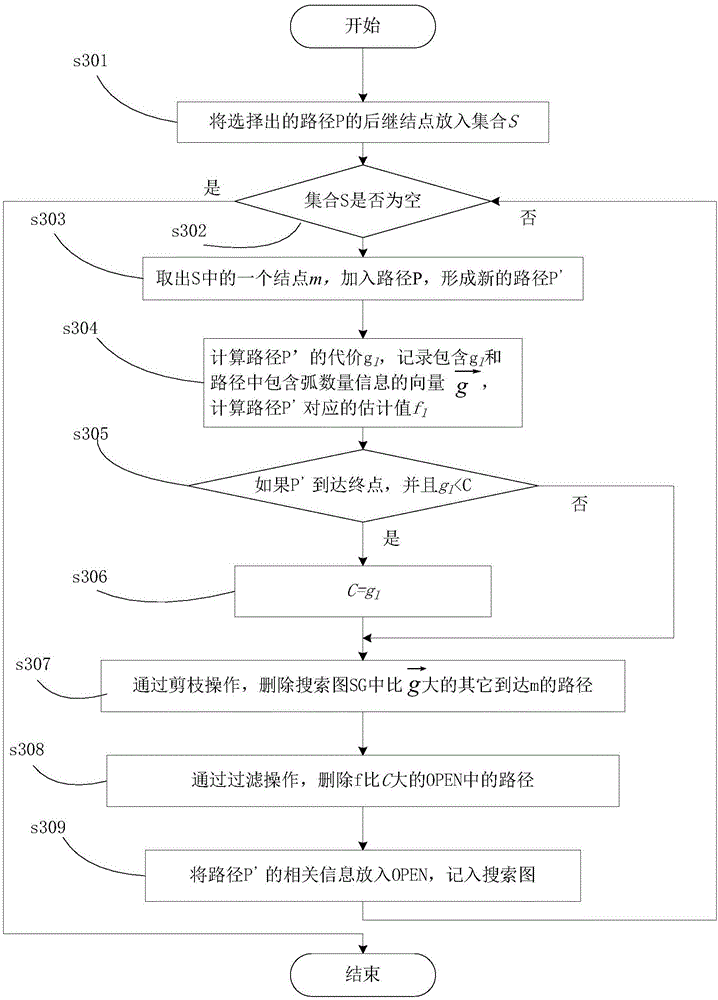Heuristic search method of shortest path problems based on place learning effect
A heuristic search, shortest path technology, applied in the field of artificial intelligence, can solve problems such as the shortest path of robots
- Summary
- Abstract
- Description
- Claims
- Application Information
AI Technical Summary
Problems solved by technology
Method used
Image
Examples
Embodiment Construction
[0042] The technical scheme of the present invention is described in detail below in conjunction with accompanying drawing:
[0043] In scenarios such as robot soccer games, robot space exploration, and robot rescue in complex environments, robots with learning capabilities need to find the fastest path from a certain location to the target location, that is, a path with the least cost. A kind of heuristic search method with the exact solution of the shortest path problem based on position learning effect of the present invention, such as figure 1 shown, including the following steps:
[0044] Step s101: Collect map information to obtain a directed graph G=, where N represents the set of all nodes in the graph G, A represents the set of all arcs in the graph G, then |N| represents the graph The number of nodes in the middle, |A| indicates the number of arcs in the graph, c(n,n * ) means nodes n to n * The cost of the arc between;
[0045] Step s102: Determine the learning ...
PUM
 Login to View More
Login to View More Abstract
Description
Claims
Application Information
 Login to View More
Login to View More - R&D
- Intellectual Property
- Life Sciences
- Materials
- Tech Scout
- Unparalleled Data Quality
- Higher Quality Content
- 60% Fewer Hallucinations
Browse by: Latest US Patents, China's latest patents, Technical Efficacy Thesaurus, Application Domain, Technology Topic, Popular Technical Reports.
© 2025 PatSnap. All rights reserved.Legal|Privacy policy|Modern Slavery Act Transparency Statement|Sitemap|About US| Contact US: help@patsnap.com



